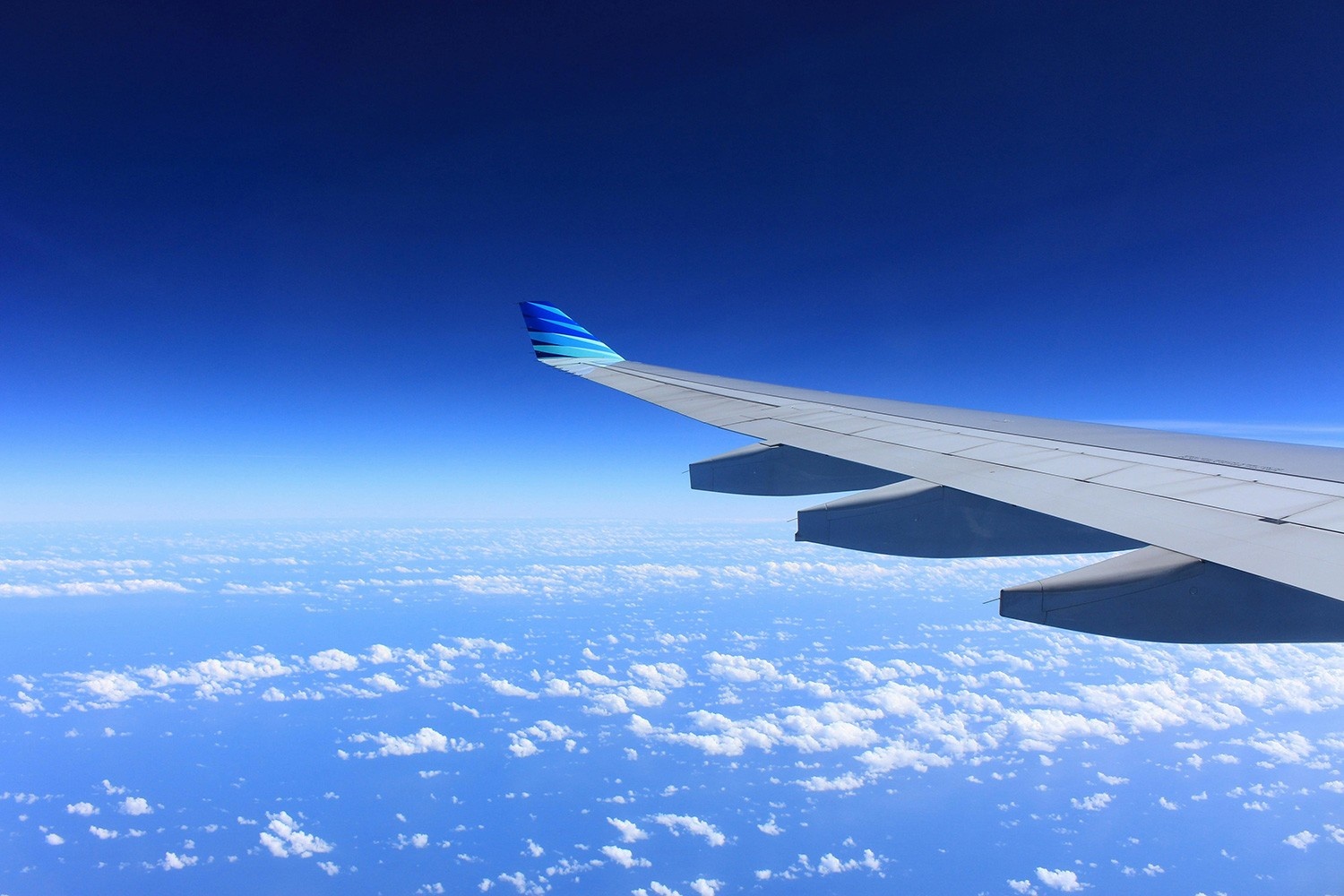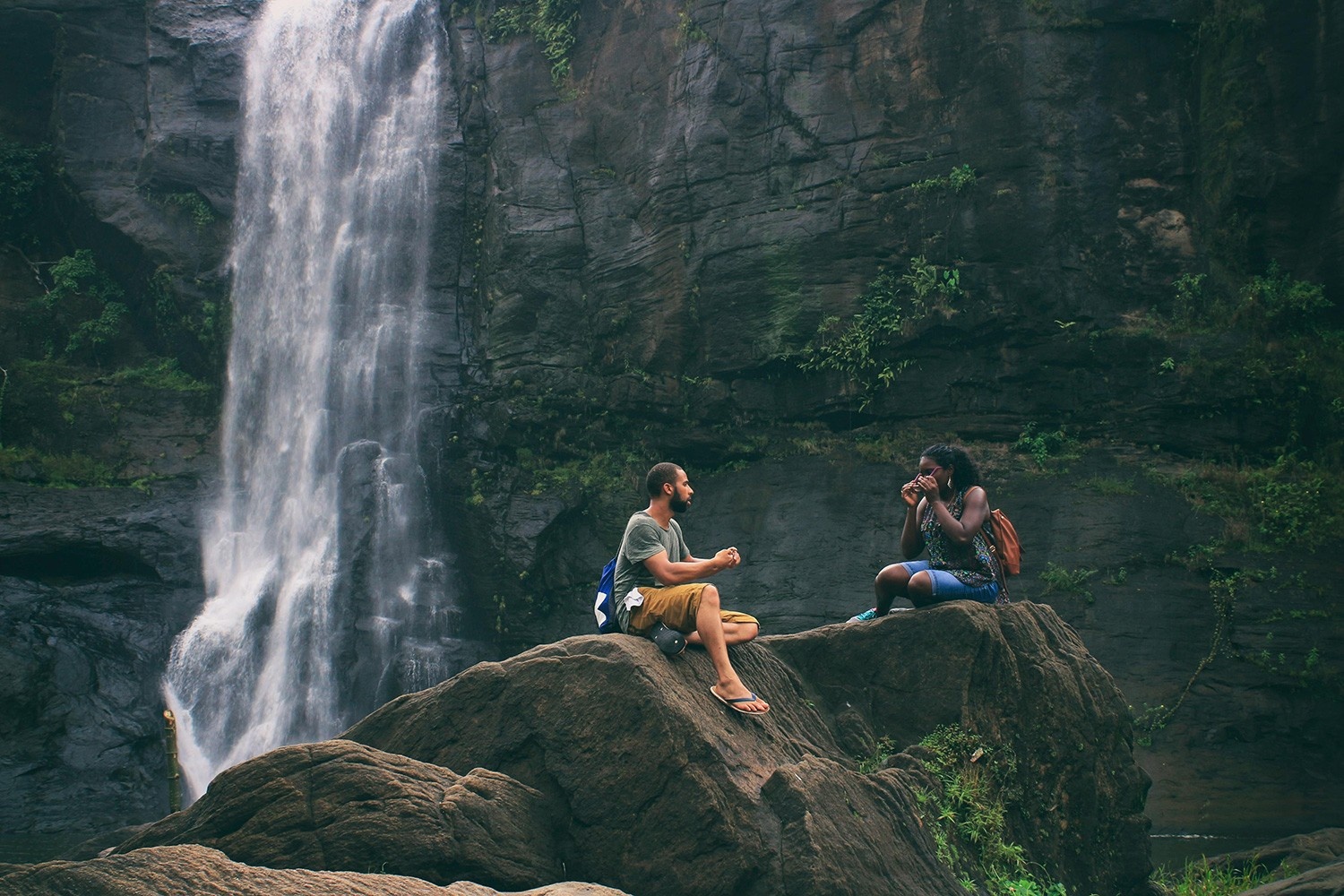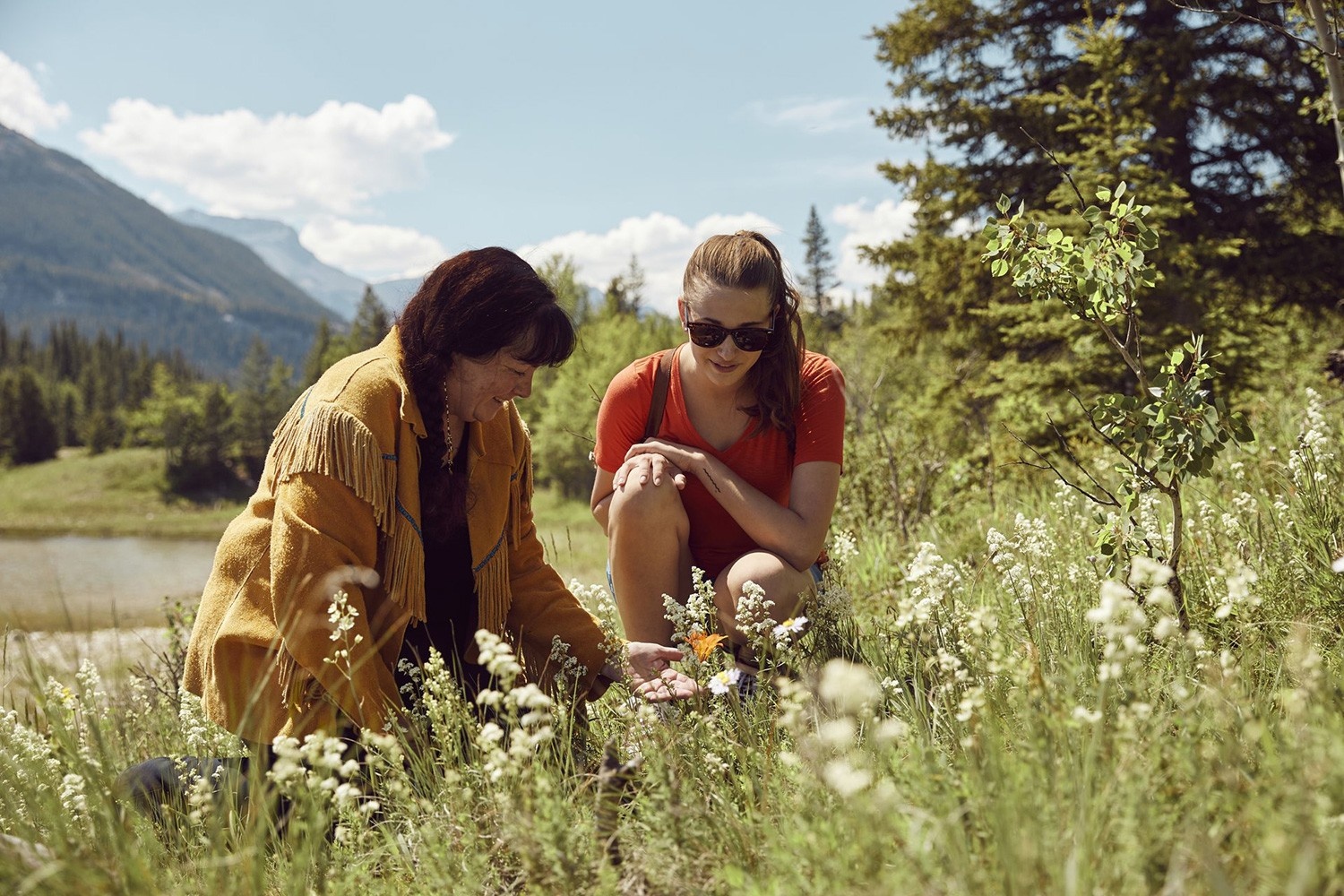NORTH STARS:
Diversity and Inclusion
Community Support
Carbon Footprint
“The best thing you can do is be a respectful tourist.”
Travel isn’t about the tourist. Not entirely, anyway. (If you’ve not yet read my previous piece on the ethics of exclusivity in tourism, you may want to do so before proceeding with this one.)
Last time, Maximum Exposure tourism consultant Sophie Ibbotson spoke on how destinations treat tourism like the economic sector that it is, planning their strategies from the perspective of what’s best for their own communities and ecosystems. The result is increasingly manifesting as high-value, low-volume tourism models wherein accommodations and other services are either limited in capacity or priced (comparatively) high, or both.
When the approach works well, local people, wildlife, and ecosystems benefit from an influx of income without the disruption that accompanies throngs of tourists constantly coming and going. And while this may raise the question of whether it’s fair for only those with the deepest of pockets to see the world’s most protected places, there usually is more than one way to experience a destination – as long as we’re willing to adjust our own definition of luxury.
But a trend towards exclusivity isn’t necessarily a good thing, says Sarah Stodola, author of The Last Resort: A Chronicle of Paradise, Profit, and Peril at the Beach.
“While I was researching my book, it seemed that for every developing tourism market I was talking to and visiting, the goal was high-end tourism. I think that can be a good thing for local populations – depending on where and how it’s done – but the rich have really good ways of insulating themselves from their surroundings. When high-end luxury tourism comes in, it can be very bubbled and isolated from its surroundings, which can be a bad thing.”
Stodola worries about the power imbalance when wealthy tourists and property developers swan in and make decisions about a destination that locals may have little, or perhaps no, say in.

To fly or not to fly_ that is the question. Courtesy of Pexels
“It’s important for these places to have government involvement to protect the rights of local populations so that they continue to have agency, control, and economic benefit,” she says. “What often happens is that the companies or individuals with resources – money, connections, knowledge – come in and derive all of the economic benefit from these tourism operations.”
As visitors, we may not have a direct say in how a government looks after its people, but we can take mindful steps to create a positive impact on an individual level.
The Obvious Part
“In terms of actionable advice to help or emphasize benefits to local populations, the best thing you can do is be a respectful tourist,” says Stodola.
This blanket definition can encompass everything from not snorkeling in the Trevi Fountain to learning how to say thank you in Kiswahili before going to Zanzibar – but it basically boils down to not being a jerk.
Two years ago, fed up with crowds of loud partygoers disrupting everyday life, the city of Amsterdam famously launched a “stay away” campaign. While it was aimed at British men between the ages of 18-35 inclined to take to the city in numbers for rowdy pub crawls and stag parties, the message was simple: nuisance visitors are not welcome.
This doesn’t mean travelers are turned away at the border on suspicion of seeking too much fun, but Amsterdam does enforce on-the-spot fines for noise pollution, public intoxication, littering, and public urination. (The canals are not, in fact, toilets.) The current rules and regulations page of Amsterdam’s official tourism website sums it up nicely: “Keep in mind the locals, and they will welcome you with open arms.”
Seek Deeper Connections
We’ve all heard the encouragement to eat, shop, and stay local dozens of times. And yes, choosing an independently owned and operated hotel over a corporate brand, or having lunch at a street food market instead of a chain restaurant, is an easy way to help keep money in local pockets – but we can often go deeper. One way to do this is by connecting with Indigenous communities.
Keith Henry is the president and CEO of the Indigenous Tourism Association of Canada (ITAC). He’s Métis – an Indigenous cultural community with a history of hunting, gathering, and trapping across Canada’s prairies – and he echoes the sentiments that ethical travel is all about respect.
“Respect for the land, its people, their cultures, and their stories,” says Henry. “It’s about seeking out experiences that have a positive impact on both the traveler and the host community; prioritizing sustainability and supporting local economies.”

Be a mindful traveler by respecting others. Courtesy of Pexels
Henry emphasizes that meaningful, responsible travel doesn’t have to involve loads of cash. Even the most budget-conscious of travelers can focus on spending with intention – and there are lots of ideas for doing exactly this throughout Canada at Destination Indigenous.
“Eating at Indigenous-owned restaurants, for example, or supporting Indigenous artisans by purchasing authentic, locally made crafts,” he offers. “There are many opportunities for travelers to learn and connect with Indigenous peoples that don’t require a big investment, including museums, cultural centers, heritage sites, walking tours, or guided interpretive hikes.”
Alex Bentley, head of product at B Corp-certified Audley Travel, agrees that hyper-local experiences need not carry a large price tag, but does note that availability may be – rightfully – restricted.
“The key consideration has to be the impact on the community, and that means taking a careful and controlled approach to visitor numbers in some of the more fragile environments,” says Bentley. “Audley has a range of tours and experiences that visit Indigenous communities with active participation from clients and, crucially, these directly benefit the local people. These experiences vary in price but are still limited in availability to ensure balance for the community.”
Try Alternative Accommodations
Homestays can be an affordable, ultra-immersive experience with a direct benefit to your hosts. In Nepal, for example, the Community Homestay Network connects travelers with more than 350 households across the country. It’s tough to find a closer connection to a place and its culture than by sharing someone’s home – often for a fraction of the price of a hotel or traditional guesthouse.
To that end – and we’ve touched on this before – remember that the glossy marketing portraying the most lavish of lodges is only one way to experience a destination. Just as it’s possible to stay in famously expensive cities like New York or Hong Kong on a budget, safaris don’t have to cost thousands per night. Camps like Flatdogs in Zambia’s South Luangwa National Park offer comfortable tents for just a few hundred dollars, with a communal vibe that encourages guests to interact with each other and make organic connections. Bush Ways, Golden Africa Safaris, and Camp Khwai offer similar opportunities in Botswana.

Amsterdam is just one example of a destination grappling with disrespectful visitors. Courtesy of Pexels
Finally, let us not forget the humble hostel, where a bed and a shower can be had for minimal investment and social opportunities abound. Even if you’re not up for dormitory-style slumber, many hostels have private room options that can still save good money over a hotel. And let’s not shun the backpacker crowd for being “cheap” – studies have shown that backpackers tend to positively impact the destinations they visit through longer stays and conscious purchasing of local goods and services. Sometimes a traveler’s effort to save money means more of it actually stays in the destination, eschewing the economic leakage that often accompanies high-end accommodations with international shareholders.
Keep Options Open
This is an easy one. Whether it’s being flexible with travel dates, precise destinations, or length of stay, an open mind is the one best poised to see the world responsibly (and affordably).
“We’ll advise clients to visit a destination in a shoulder season where prices may be more affordable, or we can design a shorter itinerary to work within a clients’ budget,” says Bentley. “We also recommend destinations that offer great value. For example, Laos and Vietnam are more budget-friendly than some of their Southeast Asian neighbors, and Portugal and Spain are typically more affordable than France or Italy. In Africa, South Africa has long been recognized as an exceptional value for money.”
Visiting in the quieter months is not only a good way to save money, it’s simply more considerate when the destination is one that is battling overtourism. Venice in July? No thank you.
The Carbon Footprint Compromise
From using reef-safe sun protection on the beaches of Aruba to packing out what you’ve packed in on a Bavarian hiking trail, some good-for-the-planet initiatives are easy to undertake. Others – like reducing the carbon footprint that comes with flying – less so.
Air travel is one of the stickier sub-topics of responsible tourism. It’s easy to point fingers and accuse frequent fliers of not caring about the environment, and while it’s absolutely true that the aviation industry has a long way to go in decarbonizing, flights make up just 2.5% of global carbon emissions. I’m using the word “just” lightly here, because studies do suggest that the impacts of aviation are responsible for approximately 4% of human-induced global warming. There’s a lot of work to be done, and it needs to happen across multiple sectors.
But we can’t just stop flying. It’s fine to vow to traverse Europe by train instead of plane, but if everyone went all-in on the flight-free movement globally, countless communities would lose their livelihoods, protecting wild spaces would no longer be as profitable, and cross-cultural connections would rapidly diminish. Until someone figures out the trick to teleportation, we’ll need airplanes.

See a different side of destinations by skipping the big hotels. Courtesy of Pexels
Bearing this in mind, I sometimes purchase carbon offsets and sustainable aviation fuel (SAF) when I fly. KLM is my preferred airline and, aside from a pleasant on-board experience even in economy class, I appreciate how the company addresses the reality that flying is not sustainable and is subsequently transparent about its eco-friendly initiatives. Does anything really change when I throw a few euros toward SAF as I’m checking in for flights between Nuremberg and Johannesburg? No. But if I’m going to fly anyway, isn’t it better than nothing? I asked Stodola whether she thinks fliers should bother with the likes of carbon offsets.
“I do, though I’m thinking it less so than I used to,” she admits. “I mean, as a percentage of your overall purchase, carbon offsets are not very expensive. Research has to be done to make sure that you’re buying offsets from someone who is applying them appropriately, but I don’t think it’s a bad thing to do. Do I think it’s the ultimate solution to our flight travel problems? Absolutely not.”
An additional quibble Stodola has is that, when hotels and resorts allege themselves to be carbon neutral, they’re generally not factoring in the carbon footprint of travel to and from the property.
One that does, which I’ll happily shout-out, is Lepogo Lodges in South Africa’s Lapalala Reserve. The two-lodge company implements a carbon offset program that accounts for each guests’ carbon foot from the time they leave home until they return. The carbon emissions are converted into monetary value, and that amount is applied to the guests’ choice of one of three on-the-ground sustainability projects.
In any case, there’s no quick fix when it comes to carbon emissions – but we can all make an effort to swap the occasional plane for a train, and put our money where it matters into actionable environmental initiatives.
Step by Step
As humanity grapples with how to handle large-scale nuanced issues like climate change or overtourism, it can be easy to feel like individual actions don’t amount to much. Or that it isn’t worthwhile to make an effort when others disregard the rules or their impact on a place. It helps to consider this quote: “Imperfect action is better than perfect inaction.” It’s better to take small, imperfect steps and learn as you go, than stay in place and accomplish nothing.
I’m sure we’ve all had embarrassing mix-ups in our world travels, like mispronouncing a word in a different language, or felt guilt for the immense privilege we have to travel and explore at leisure, an opportunity not afforded to everyone. But if you set off with good intentions, are open to learning and connection, and try your best within a system we didn’t set up, it’s never for naught. And by taking steps to be a more mindful traveler – visiting a destination in shoulder season, engaging with Indigenous communities, supporting local communities through homestays or shopping local – you help show others alternative ways to travel.

Summer Rylander is a freelance travel and science journalist covering positive-impact tourism and the conservation of our biodiverse planet. Follow Summer on IG @summeroutside.



